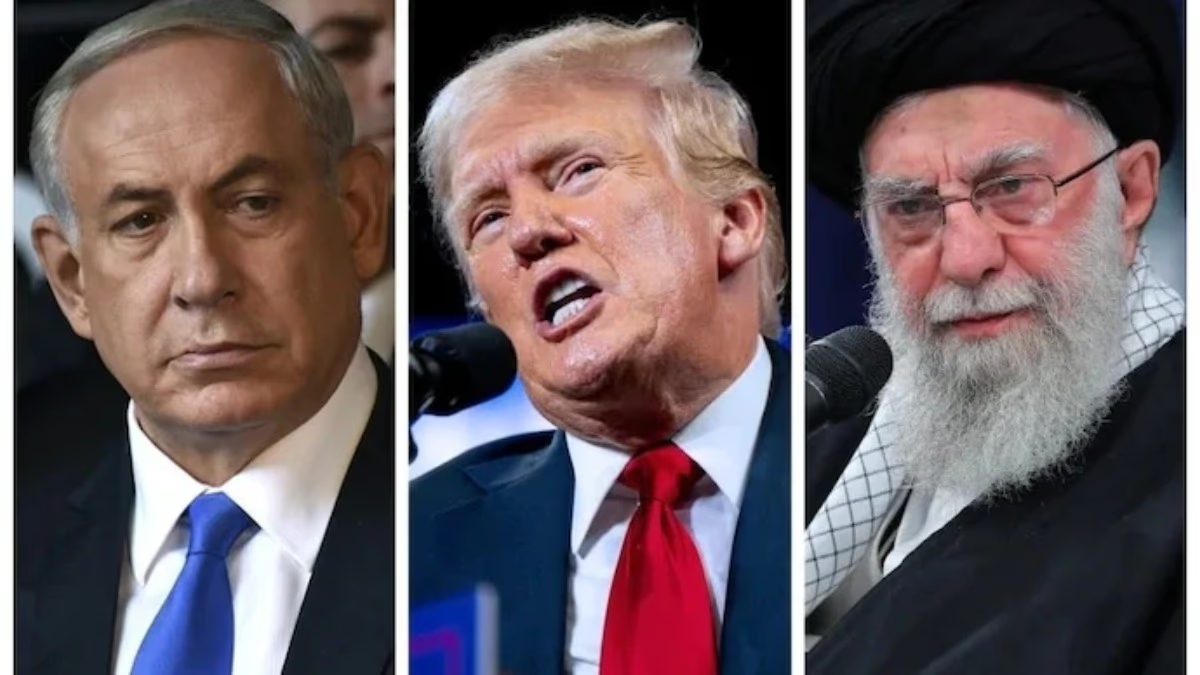The 12-day Israel-Iran war that began on June 13, 2025, was a wake-up call for Iran. With Israel launching Operation Rising Lion, striking at Iran's nuclear, military, and missile bases, the scenario escalated when the United States joined in with Operation Midnight Hammer targeting the nuclear sites of Fordow, Natanz, and Isfahan.
This conflict underscored numerous vulnerabilities for Iran, such as the absence of support from Russia and China, a deficit in air control, and the limited efficacy of missiles. Let’s delve into five significant lessons Iran should learn to bolster its future defense strategies.
Read More:
1. The Pitfall of Relying on Russia and China
Iran has long viewed Russia and China as strategic allies, yet this war showed they were alone. Preoccupied with the Ukraine conflict, Russia offered only diplomatic opposition and refrained from military intervention. On the platform X,
highlighted Russia's limitations and China's reluctance to assist. Despite recent naval exercises between Iran, Russia, and China, no allies came to Iran's aid when missiles rained on Tehran.

Source: aajtak
Though China imported oil from Iran, it only appealed for peace. Chinese Foreign Minister Wang Yi condemned Israeli strikes but took no effective action. Iran now realizes the need for independence in defense and fostering relations with regional powers like Saudi Arabia or Turkey.
2. The Cost of Lacking Air Control
Within 24 hours, Israel obliterated 120 Iranian air defense systems, nearly a third of Tehran's total. This granted Israeli forces aerial dominance over Western and Central Iran. According to a Financial Times report, Israel lost just one drone while unleashing over 330 munitions via 200 aircraft. Iran's S-300, Bavar-373, and other systems faltered against Israeli attacks.
It's evident, as expressed by
on X, that Iran must develop a strong air force, advancing beyond outdated imports from Russia or China to indigenous solutions.

Source: aajtak
3. Insufficient Missile Efficacy
Despite its vast missile stockpile, boasting 2000 ballistic missiles, Iran's barrage of over 450 missiles and 1000 drones yielded limited results. The Institute for the Study of War noted Iran's initial salvo of 200 missiles dwindled to 15-20 per strike over time. Israel's Iron Dome, Arrow 2, and Arrow 3 systems intercepted 90% of these threats.
Noteworthy was the Haj Qasem missile bypassing defenses to strike Soroka Medical Center (Beersheba), injuring 76. Yet, Iran’s missiles largely missed military targets. Reuters cited Haifa’s refinery as one of few notable impacts, indicating a need for investment in hypersonic and maneuverable warhead technologies.
Read More:
4. Weakness in Espionage and Internal Security
Israel’s Mossad had deeply infiltrated Iran. As per Atlantic Council, it prepositioned drones and weapons in Iran, acquiring precise intelligence on IRGC commanders and nuclear scientists. Israel eliminated 21 military commanders and 10 nuclear scientists, dismantling Iran’s command structures.

Source: aajtak
Iran’s internal security lapses allowed Mossad exploitation. To counteract, Iran must dismantle Israeli espionage networks, strengthening its intelligence agencies and cyber defenses against incursions.
5. The Inadequacy of Regional Allies
Iran’s Axis of Resistance strategy, reliant on Hamas, Hezbollah, Houthis, and Syria, was insufficient. Israel had weakened Hezbollah and Hamas, while Assad’s regime in Syria had fallen. Houthis launched missiles but to limited effect. Experts from Rand Corporation asserted Iran's proxy strategy is waning.
Understanding that proxy warfare is obsolete, Iran needs to amplify its conventional military strength, aligning diplomatically with nations like Saudi Arabia and Turkey to reduce regional isolation.

Source: aajtak
Impact of the Conflict and Future Strategy
The war inflicted significant damage on Iran - 657-800 casualties, including 263 civilians, with 1800-3056 injured. In Natanz, 15,000 centrifuges were destroyed; Fordow faced lesser damage. Infrastructure in Tehran, Isfahan, and Qom was hit, incurring economic losses up to $200 billion.
Brookings Institution noted Israel's crippling of Iran's military and economic capacities. Yet, Iran's regime remains resilient. Moving forward, Iran must adapt its defense strategy towards self-reliance in weapon production, enhancing air defense and cyber warfare capabilities. It’s essential to pursue diplomatic avenues regarding its nuclear program to circumvent international sanctions.




